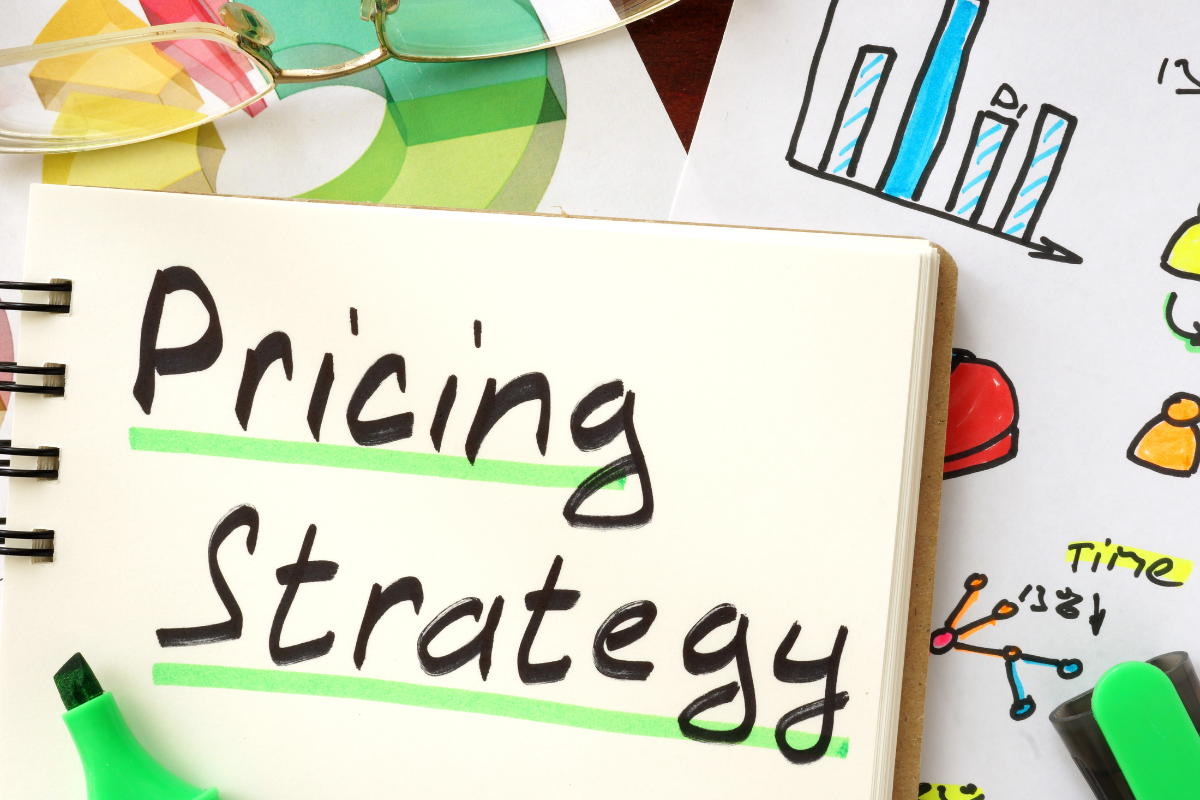Value-Based Pricing for Small Businesses: A 1-Hour Reset
Why Most Small Business Owners Undercharge
Small business owners often know they are undercharging, but they do not always know why. It is not usually a lack of skill or care. More often, it is a blend of habits, fear, and second-guessing that shapes their decisions. Many owners feel pressure to stay competitive, to remain “affordable,” or to match what others in their industry are charging. The problem is that those choices are rarely built on real numbers. They are built on emotion.
Undercharging shows up in subtle ways. A business owner quotes a price quickly, then lowers it the moment a client hesitates. Another avoids posting prices online, hoping to skip awkward conversations. Others add endless bonuses or extra services to “justify” their rates. At the heart of these choices is doubt: the feeling that the offer itself is not worth the price.
The truth is different. Value is not about how long something takes you to deliver or whether it feels effortless. It is about the outcome for the customer. A digital template might take an evening to design, but if it saves a buyer hours of time every week, the real value is far higher than the effort required. A consulting session may feel conversational, but if it helps a client land a new contract, the impact far outweighs the cost of your time.
This is where value-based pricing resets the equation. Instead of anchoring your price to your hours, your competitors, or your own self-doubt, you anchor it to the transformation your customer receives. Ask yourself three questions:
What urgent problem does this solve for my customer?
What is the result they walk away with, both practical and emotional?
How would their life or business look different if they did not have access to this solution?
When you answer these questions, the numbers shift. A $47 product that prevents $500 of wasted effort is not “expensive,” it is a shortcut. A $2,000 service that secures $20,000 of new revenue is not “unrealistic,” it is an investment.
The floor of your pricing will always come from your costs. The ceiling is set by the market and the expectations in your industry. But the most important number - the one that builds sustainability - is the middle. That is where you align the value you deliver with the income goals you want to achieve. It is where you begin pricing like a leader, not a follower.
If you have been running your business on reaction instead of intention, take one hour this week to reset. Review your actual costs. Clarify the transformation your work provides. Then choose a price that reflects both. Not a number set out of fear, but one rooted in strategy and confidence. That one decision can protect your energy, your margins, and your long-term growth.
Want a clear framework to calculate your pricing floor, compare scenarios, and design profitable tiers? Explore Confident Pricing: Purpose + Profit™ - a tool built to help small business owners like you move from guessing to grounded.

